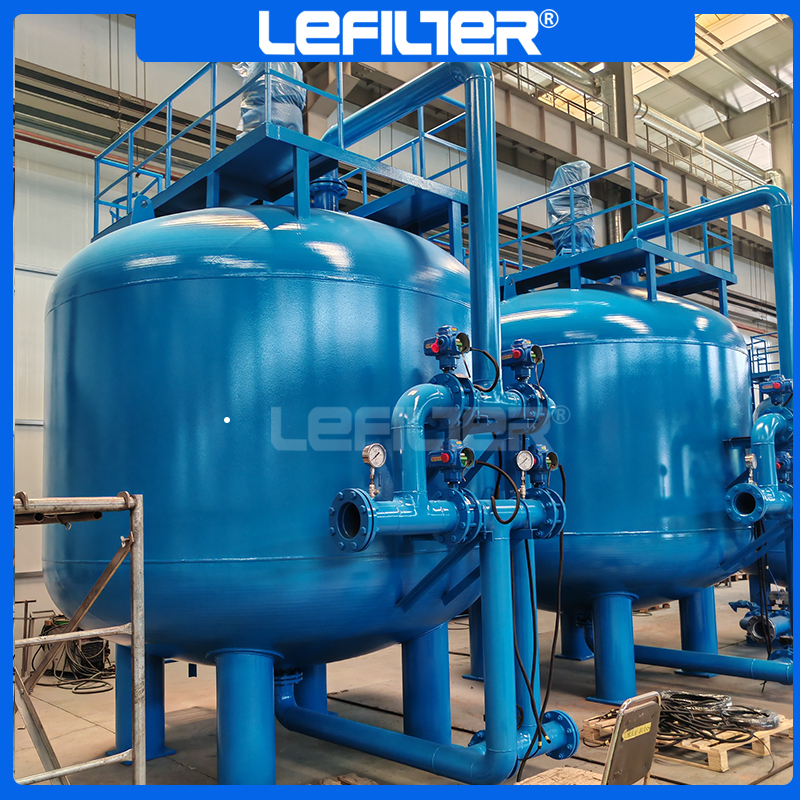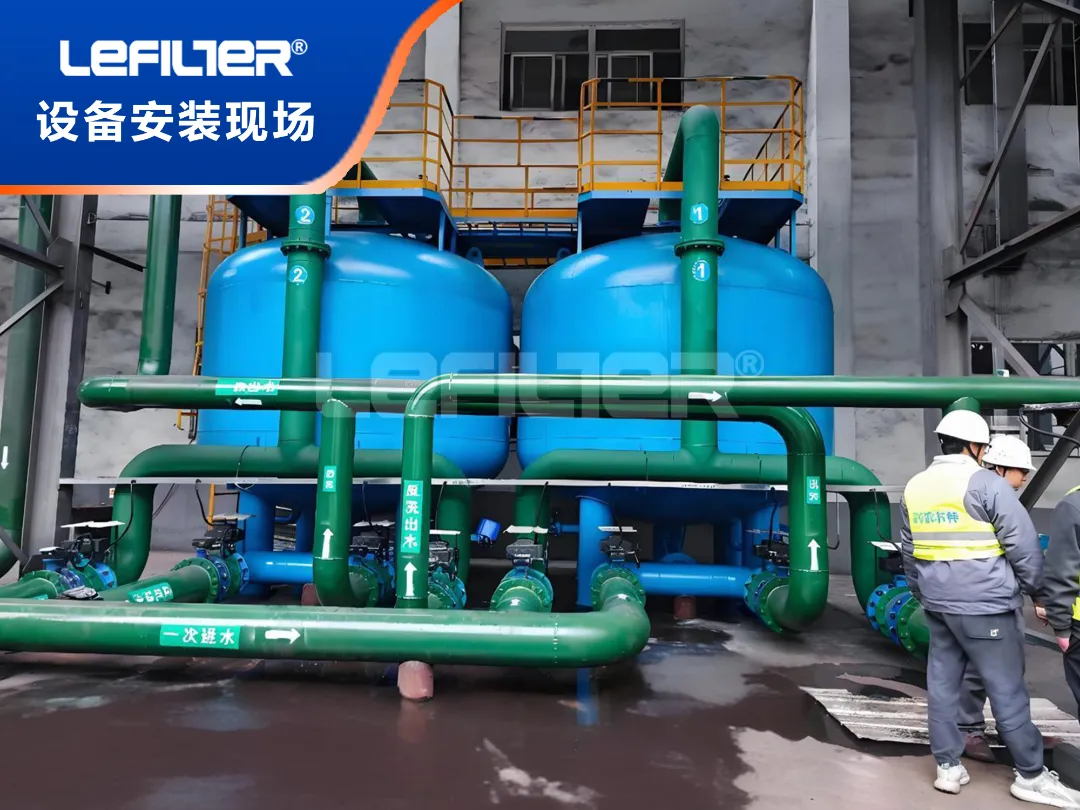-

Principles of Water Filtration in Spray Purification Towers
Spray purification towers, commonly known as wet scrubbers, are essential in industrial processes for removing contaminants from gas streams. A critical component of their operation is the effective filtration of water used within the system. This filtration ensures the removal of pollutants and maintains the efficiency and longevity of the equipment. The primary mechanisms by which filters and filter cartridges remove contaminants from water in these systems include particle filtration, chemical absorption, and biological treatment.Read more -

Pleated Cartridge Filter: A Sustainable Solution for Effective Filtration
This article explores how the Pleated Cartridge Filter contributes to environmental sustainability, focusing on its extended lifespan, waste reduction, and the use of recyclable materials in filter construction. As the demand for eco-friendly solutions grows, filters like the PTFE Membrane Pleated Filter and 5 Micron PTFE Water Filters are becoming crucial components in industries looking to operate more sustainably.Read more -

Pleated Cartridge Filter: A Comprehensive Solution for Efficient Filtration
This article delves into the unique working principles of Pleated Cartridge Filters, focusing on their ability to remove pollutants through physical and chemical mechanisms, while maintaining stable filtration performance even under fluctuating flow rates and pressures.Read more -

Pleated Cartridge Filter: A Cost-Effective Solution for High-Efficiency Filtration
This article explores how the Pleated Cartridge Filter balances price and performance, and how its use can lead to significant overall economic benefits, including reduced resource waste, lower maintenance costs, and optimized energy consumption.Read more -

Pleated Cartridge Filter: Revolutionizing Filtration with Advanced Materials and Smart Technology
This article delves into the cutting-edge innovations in Pleated Cartridge Filters, including the incorporation of nanofibers, antimicrobial coatings, and high-performance synthetic materials, as well as their integration into smart filtration systems, enhancing their utility in sectors such as water treatment, pharmaceuticals, and air filtration.Read more -

Pleated Cartridge Filter: Maximizing Efficiency and Reducing Costs in Filtration Systems
This article explores how Pleated Cartridge Filters—including options such as the PTFE Pleated Filter Cartridge, PTFE Membrane Filter Cartridge, and PTFE Filter Cartridge—offer extended replacement cycles, low maintenance costs, and significant energy savings, making them an ideal choice for businesses seeking to optimize their filtration systems.Read more -

Large Flow Filter Element: Addressing Water Scarcity and Enhancing Water Recycling Systems
This article explores how High Flow Filter Cartridges are instrumental in tackling water scarcity, especially in regions suffering from limited water resources, and how these filters are enhancing the effectiveness of water recycling systems, particularly in the context of urban and industrial wastewater reuse.Read more -

Large Flow Filter Element: Maximizing Filtration Efficiency with Advanced Design
This article explores the materials, structural design, and benefits of the High Flow Cartridge Filter to provide a comprehensive understanding of its performance and impact on various applications.Read more -

High-Speed Filters in the Steel Industry
In the steel manufacturing process, immense amounts of heat are generated, and to manage this, a continuous and effective cooling system is essential. Cooling water is circulated throughout the system to absorb and carry away the heat. However, the challenge lies in keeping this cooling water clean and free of impurities. That’s where high-speed filters come into play – ensuring efficient cooling and a smooth production process!Read more -

Large Flow Filter Element: Versatile Solutions for High-Capacity Filtration Needs
In this article, we will delve into how High Flow Water Filter Cartridges can seamlessly integrate into existing systems, their customization options for various applications, and why they are increasingly becoming the preferred choice for industries requiring high-flow filtration.Read more


